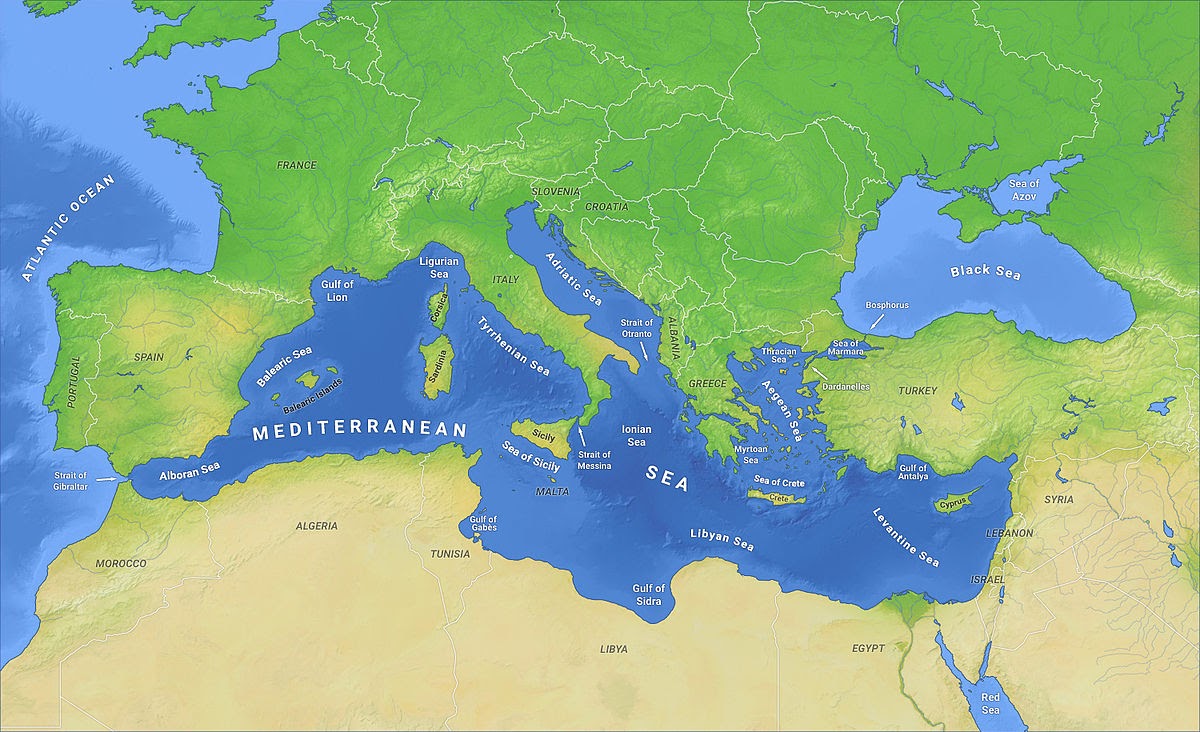Geography
Increase in Frequency of Medicanes
- 22 Sep 2020
- 4 min read
Why in News
Scientists have warned that extra-tropical storms in the Mediterranean Sea, known as ‘Medicanes’ or ‘Mediterranean Hurricanes’, could become more frequent due to human-induced climate change.
Key Points
- Medicanes:
- Medicanes are tropical-like cyclones formed over the Mediterranean Sea.
- With the surrounding dry climate and the relatively shallow waters of the sea, the occurrence of tropical-like cyclones is infrequent.
- They typically form in the fall or winter months and occur once or twice a year.
- On September 18, 2020, a medicane named Lanos made landfall along the coast of Greece and caused heavy rainfall and flooding in Greece and surrounding islands.
- Comparison with Tropical Cyclones:
- These occur more in relatively colder waters than tropical cyclones, hurricanes and typhoons. Hence, the cores of these storms are also cold, as compared to the warm cores of tropical cyclones (but warmer as compared to extra-tropical cyclones).
- These are typically smaller in diameter and have lower wind speeds than true tropical cyclones.
- Sometimes, warm-cored tropical cyclones transform into cold-cored extratropical cyclones and in rare cases, the opposite can also happen.
- Such an event of extra tropical cyclone becoming a tropical cyclone occurred in November 2011 and caused severe flooding in parts of Spain, Italy and France, killing 11 people.
- Increase in Occurrence
- Medicanes have increased in number in the past half-century.
- Two of these storms, one in 2005 and another in 2012, even formed over the Black Sea, which is a much smaller water body than the Mediterranean Sea.
- Due to global warming, warmer sea surface temperatures in the Mediterranean can allow the storms to take on more tropical appearances and characteristics, increasing the wind speeds and making the storms more intense and cause heavier rainfall.
- This year is a mild La Niña, according to the World Meteorological Organization. La Niña tends to reduce the land falling hurricanes but even if the La Niña this year is mild, the hurricane season is very active. This implies that the impacts of El Niño Southern Oscillation (ENSO) are being modulated by global warming in all oceans, including the Mediterranean.
- La Niña is the cooling phase of the ENSO cycle in the equatorial Pacific Ocean, as opposed to the warming El Niño phase. It is characterised by the unusual cooling of the central and east-central equatorial Pacific Ocean.
- The Special Report on the Ocean and Cryosphere in a Changing Climate released Intergovernmental Panel on Climate Change (IPCC) in 2019 warns of increased temperatures and more frequent extreme El Niño and La Niña events.
- Threats:
- Increase in frequency of medicanes will be a threat for already vulnerable populations living in North Africa, possibly triggering human migration.
- They could also be a menace for European countries like Italy and Greece.





